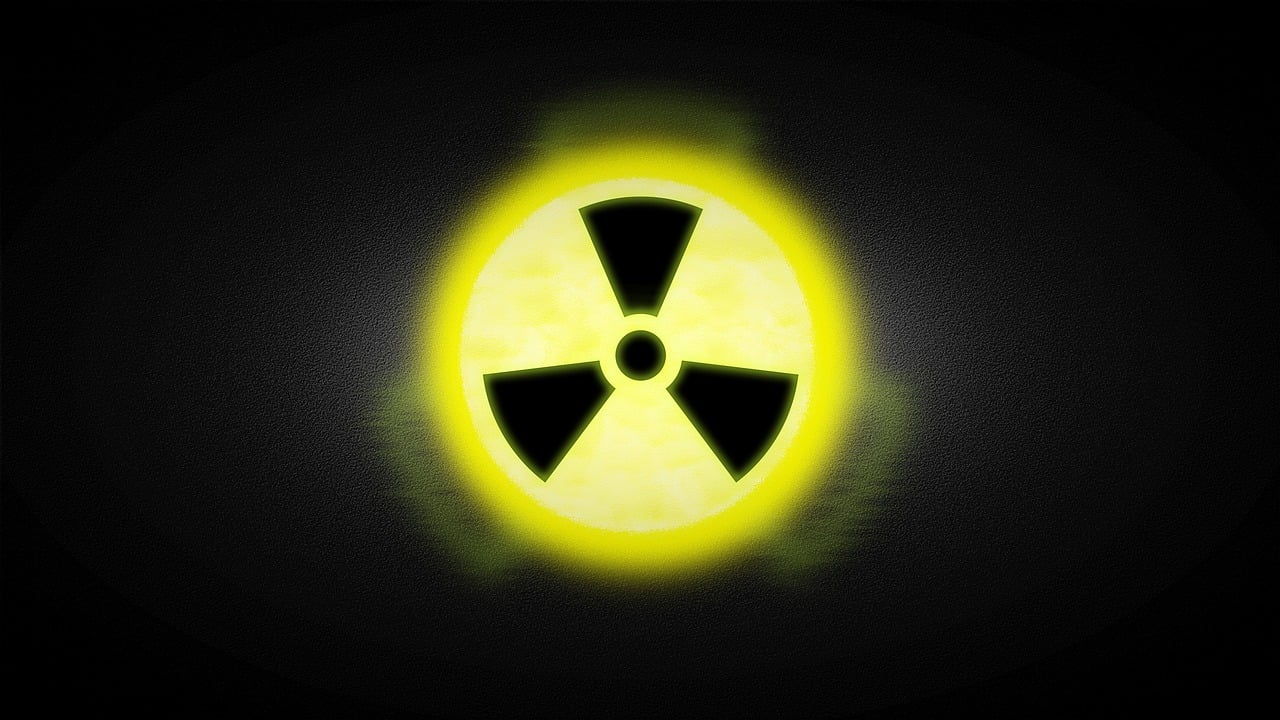Introduction: Chemistry is a diverse and captivating scientific discipline that encompasses a wide range of subfields, each with its own unique focus and applications. One such field is chemical thermodynamics, which delves into the interplay between energy, heat, and work within chemical systems. By applying fundamental principles of thermodynamics to chemical reactions and processes, this branch of study provides insights into the behavior and properties of molecules, enabling us to unravel the mysteries of chemical transformations. In this article, we will embark on a journey into the captivating realm of chemical thermodynamics, exploring its key concepts and significance in various areas of chemistry.
Energy Transformations in Chemical Reactions: Chemical reactions involve the conversion of one set of chemical substances, known as reactants, into another set of substances, called products. One of the fundamental aspects of chemical thermodynamics is the analysis of energy changes during these reactions. Enthalpy, a measure of the heat absorbed or evolved during a reaction, plays a pivotal role in quantifying energy transformations. By studying enthalpy changes, chemists can understand the heat flow associated with chemical reactions and design processes accordingly.
Unraveling the Role of Entropy: Entropy, often described as a measure of the disorder or randomness in a system, is another crucial concept in chemical thermodynamics. It captures the tendency of systems to evolve towards states with higher disorder. Through the lens of entropy, chemical thermodynamics provides insights into the direction of spontaneous processes. By evaluating changes in entropy, chemists can predict whether a reaction or process will occur spontaneously or if external influences are necessary to drive it forward.
The Power of Free Energy: Gibbs free energy, commonly referred to as free energy, is a thermodynamic potential that combines the effects of enthalpy and entropy changes. It serves as a valuable tool for assessing the spontaneity and feasibility of chemical reactions. By considering both the enthalpic and entropic contributions, chemists can determine if a reaction will proceed under specific conditions or if adjustments are required to achieve a desired outcome. The concept of free energy aids in the design and optimization of chemical processes, allowing for greater efficiency and resource utilization.
Understanding Chemical Equilibrium: Chemical thermodynamics also delves into the concept of chemical equilibrium, which characterizes the state at which the rates of the forward and reverse reactions are equal. Equilibrium is a critical aspect of chemical systems, as it dictates the concentrations of reactants and products under specific conditions. By studying equilibrium constants and applying thermodynamic principles, chemists can gain insights into how changing temperature, pressure, or composition can influence the equilibrium position of a reaction.
Exploring Phase Equilibria: Chemical thermodynamics expands its reach beyond reactions and equilibrium to encompass phase transitions and phase equilibria. It investigates the conditions under which different phases, such as solid, liquid, and gas, coexist in a system. By considering factors such as temperature, pressure, and composition, chemical thermodynamics unveils the complex relationships governing phase behavior, aiding in the design and optimization of processes involving multiple phases.
The Interplay between Chemical Thermodynamics and Reaction Kinetics: While chemical thermodynamics primarily focuses on the thermodynamic aspects of chemical reactions, it intersects with reaction kinetics, which deals with the rates and mechanisms of reactions. By integrating both fields, chemists gain a comprehensive understanding of chemical processes. Reaction kinetics provides insights into the time-dependent aspects of reactions, complementing the thermodynamic principles studied in chemical thermodynamics.
Applications and Significance: Chemical thermodynamics finds application in numerous areas of chemistry and beyond. In chemical engineering, it assists in designing and optimizing chemical processes by predicting the energy requirements, identifying optimal conditions, and maximizing efficiency. In materials science, chemical thermodynamics aids in the synthesis of materials with desired properties by understanding the thermodynamic stability of different phases and structures. Environmental chemistry benefits from chemical thermodynamics as it helps assess the fate and transport of pollutants, guiding remediation efforts. Furthermore, chemical thermodynamics plays a vital role in biochemistry, enabling the study of biochemical reactions, enzyme kinetics, and metabolic pathways.
Conclusion: Chemical thermodynamics is a captivating field of study that unravels the energetics and behavior of chemical systems. By examining energy changes, entropy, free energy, equilibrium, and phase equilibria, chemists can unlock a wealth of knowledge about chemical reactions and processes. This understanding has far-reaching implications in various branches of chemistry and allied disciplines, empowering researchers and engineers to develop innovative solutions and advance our understanding of the world around us. As we continue to delve deeper into the mysteries of chemical thermodynamics, we unlock the door to countless opportunities for scientific progress and technological advancements.















